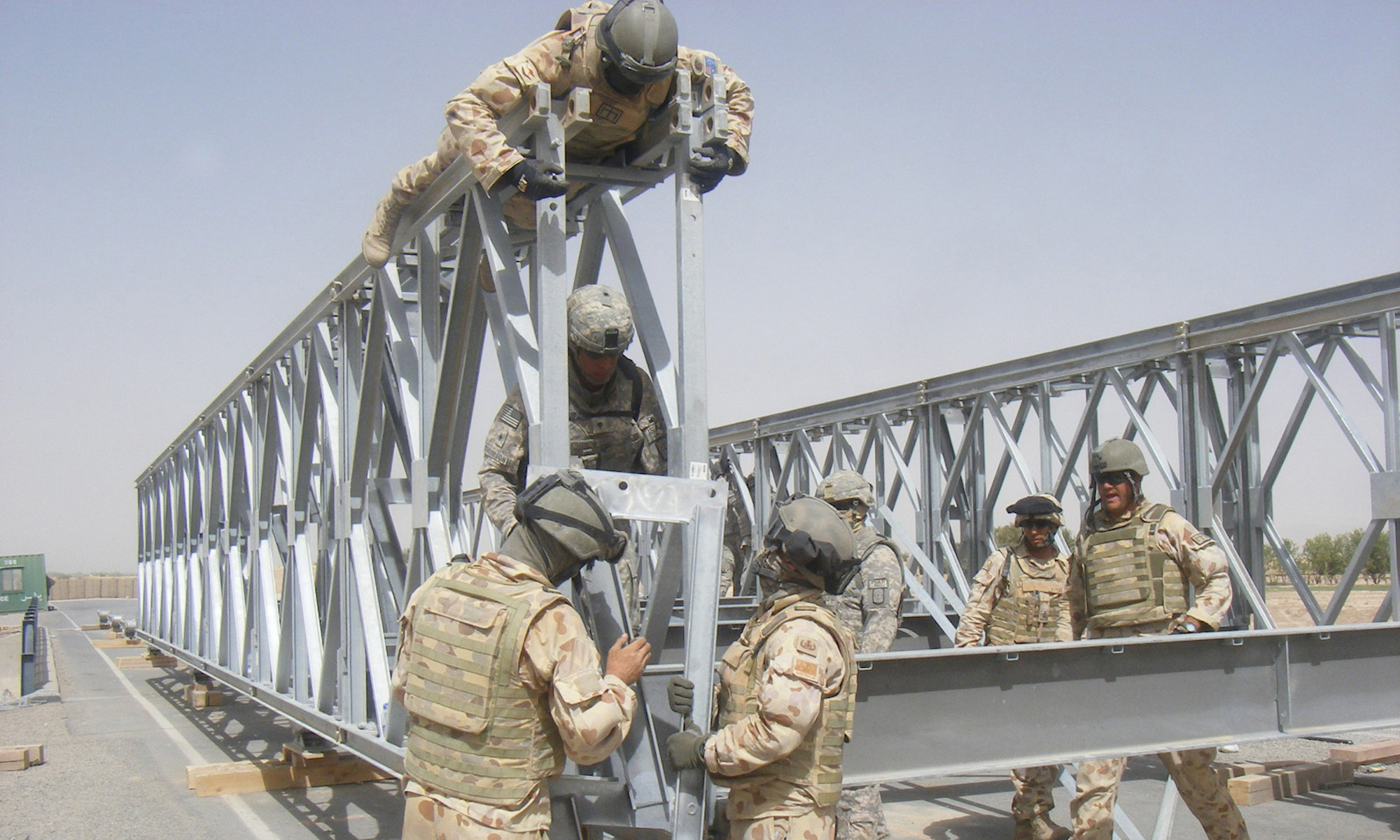From a management perspective, this article presents a process model to analyze cooperation between military and civilian actors in peace support operations. By means of multiple case study research, the article applies the model to eight partnerships between the Dutch Provincial Reconstruction Team and civilian actors (nongovernmental organizations, district governors, local constructors) in Baghlan, Afghanistan. These partnerships include explosives removal, power plant construction and police training courses. The article shows that civil-military cooperation processes follow six successive steps: decision to cooperate, partner selection, design, implementation, transfer of tasks and responsibilities, and evaluation. It is concluded that there is a lack of unambiguous and useful military guidelines regarding civil-military cooperation; the military are often unaware of other actors operating in the area and their programs, cooperation is frequently supplybased rather than demand-driven, and many military personnel involved in civil-military cooperation have little experience with and training in the subject.

INSCT Postconflict Research Database
The Institute for National Security and Counterterrorism's Postconflict Research Database & Analysis Project stores cross-indexed bibliographic information on hundreds of journal articles, books, book chapters, and case reports that address the broad, interdisciplinary fields of postconflict reconstruction, stabilization, and peacebuilding.